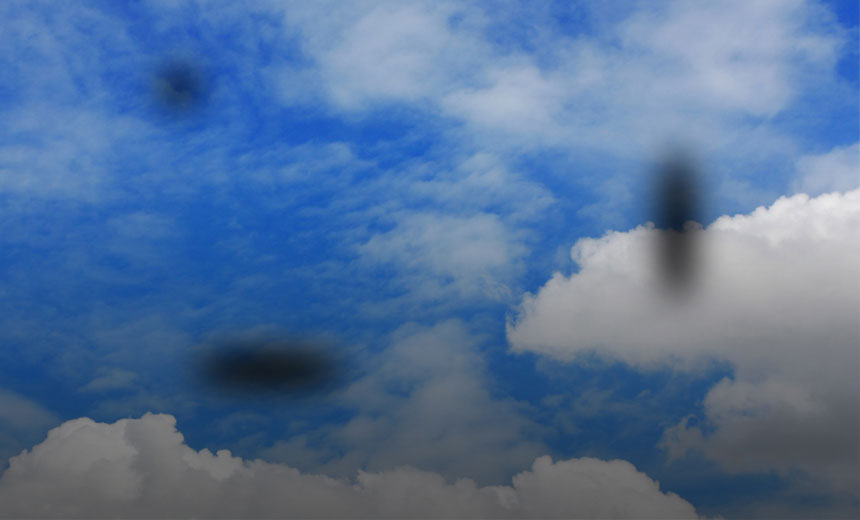"*" indicates required fields
01/09/2017

At first, you’re not quite sure whether you’re ‘seeing things’… you know, that spot that appears as you turn your head a little. Eventually, you realise that the ‘thread’ that floats in and out of sight isn’t going away.
This is an eye floater. To understand what an eye floater is, it is necessary to understand the vitreous humour.
The retina sits at the back of the eye and the lens toward the front of the eye. The vitreous humour (or simply the vitreous) is the clear gel that fills the space between the two. It is a gelatinous mass made up of 98–99% water, as well as salts, sugars, collagen fibres and proteins. This mix – particularly the collagen – gives the vitreous a viscosity two-to-four times that of water.
When the eye reaches its full adult size, the vitreous formation is complete. Since the vitreous humour is stagnant and does not replenish itself, once a person reaches full growth, the vitreous slowly begins to age.
The gelatinous mixture gradually shrinks (much like a bowl of gelatine shrinking away from the sides with age), leaving a gap which is then filled by a water-like fluid. This fluid thins out the once-viscous vitreous.
The collagen fibres within the vitreous also begin to age. As this happens, these fibres clump together, forming masses of different shapes and sizes. Because of the breakdown of the vitreous gel matrix, the various collagen clusters float freely throughout the liquefied vitreous.
These freely floating clusters are eye floaters.
Eye floaters come in various shapes and sizes. Some people see tiny spots or flecks. To others, the eye floater appears to be a thread or a web. Still others see them as clear little bubbles. Many people have a combination of shapes and sizes.
Eye floaters are particularly visible when looking at a blank wall or a blue sky. They move as the eye moves, often with a delayed reaction.
When a person sees a floater, they believe that they are seeing a floating object within the eye. However, they are actually experiencing the casting of a shadow onto the retina by a solid mass – they are literally ‘seeing shadows’.
Most eye floaters are harmless. Many people suffer from eye floaters around the age of 40, and the majority of people will easily learn to live with them. It is extremely rare that an eye floater will affect a person’s vision.
If there is a sudden increase in the number of eye floaters – for example, if a ‘curtain’ comes down in your field of vision – this can indicate a medical problem, such as a vitreous detachment. If a person experiences any sudden flashes of light in conjunction with eye floaters, it is important to seek medical attention as soon as possible, as there may be retinal damage.
Once you reach adulthood, the vitreous begins to age so most eye floaters are a natural part of life. Most people learn to happily co-exist with their collagen clumps floating freely through a liquefied vitreous and casting shadows on their retina. However, it’s important to rule out a more serious cause that could lead to vision loss.
The information on this page is general in nature. All medical and surgical procedures have potential benefits and risks. Consult your ophthalmologist for specific medical advice.
Date last reviewed: 2022-10-05 | Date for next review: 2024-10-05